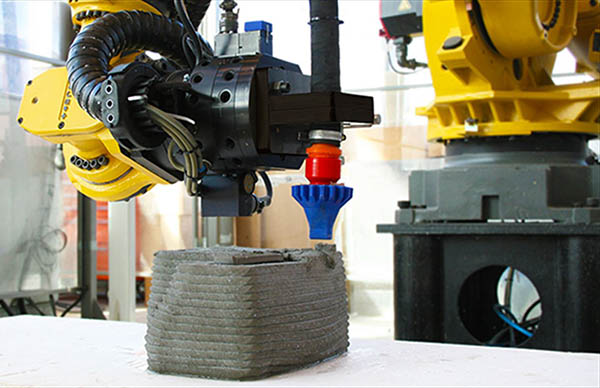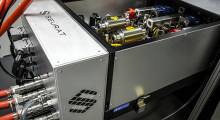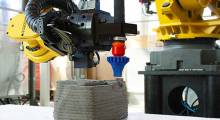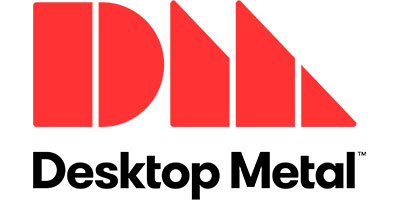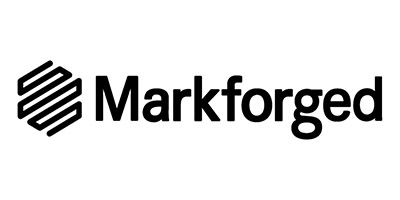From prototyping to production, 3D printing and additive manufacturing have moved out of the lab and into factories and shop floors. If you're looking to create a fully effective 3D printing setup, then you'll want to know the most efficient way of doing so. There are lots of things to consider.
In addition, you need to avoid common pitfalls. Here are five tips for setting up a 3D printing workflow.
1. Get set up for additive printing
There have been huge advances in 3D printing in recent years, and that's why businesses from medical device makers and sporting goods manufacturers to aerospace firms are using additive manufacturing. However, when you start looking into 3D printing, you'll see that there are more methods than you may have thought of. For manufacturing, additive printing is the best method to use.
In traditional manufacturing, material is subtracted from the base material in order to create the desired part. In additive printing, the process is done the other way around. Layers of material, typically plastic, metal, or ceramic, are used to create these objects.
It's highly effective for several reasons.
“When you're using additive manufacturing, you'll see that it's often cheaper, especially for one-off builds,” said Jeanette Harrison, a business writer at Elite Assignment Help and OX Essays. “It's also ideal as it creates less waste and ensures you can get items on the market as fast as possible, while still ensuring quality.”
2. Choose the right solvent
Once you start planning your 3D printing setup, you'll need to think about the materials that you'll use and how they'll work in your end product. One of the most important things that you need to consider is the compatibility with solvents.
Many 3D-printed products will be used alongside solvents, and so they need to be able to resist the solvent for as long as possible. Selecting the right material and the right solvent to go with it is a must. You'll be able to find solvent compatibility charts online, so you can see what will work with your product.
This is a step that you mustn't skip, as the wrong material/solvent combination can halt progress and potentially cost more time and money to solve. A study at the Zelinsky Institute of Organic Chemistry showed that many thermoplastics are not yet ready to be used with solvents, so this is something that you need to keep in mind.
3. Consider getting multiple 3D printers
If you're looking to use additive manufacturing on a large scale, then you will want to consider having multiple 3D printers on site. When you start out, you'll most likely only have one printer. That's good to start with, but like any machinery, it may suffer a breakdown, or may not be right for the project you're currently working on.
“When you have multiple 3D printers on site, you'll be able to create a modular workflow” said Steven Barrow, a project manager at UK Writings and Revieweal. “That allows you to create an assembly line like structure that speeds up processing.”
Having multiple printers will also let you work on different projects simultaneously, which again helps you expand your workflow.
4. Get the most from your consumables
In using 3D printing, you'll be using several different consumables during the process. To get the most efficiency from the manufacturing process, you'll want to get the most from every consumable you use.
There are several ways you can do this. For example, when storing resin tanks and cartridges, you'll want to ensure that you're storing them in a dark place when possible. Although the walls of most tanks are UV-resistant to help prolong the shelf life of the resin, you'll still want to take your own precautions too.
Picking the right solvent is also important. Some are flammable, so there will be legal regulations on how much you can store at one time. You can store more by using a safer solvent, such as TPM (tripropylene glycol monomethyl ether). That allows you to be more productive and reduces the risk of accidents on site.
Finally, ensure that you know exactly when your solvents are reaching the end of their life expectancy. When your 3D printed parts are still sticky to the touch after going through the cleaning process, that's when you'll want to organize a solvent recycling pick up.
5. Pick the right post-processing methods
On the subject of cleaning and completing 3D builds, you'll want to find the best way of post-processing your builds. TPM has already been recommended above, as it's a much safer chemical to have on site. It does also make post-processing a lot more efficient.
It's clear and low odor, as well as being non flammable. If you're already using IPA (isopropyl alcohol) as your solvent, it's not difficult to make the switch to TPM if you want to do so.
These are just a few tips on how to get started creating the most efficient workflow for 3D printing. Keep these in mind when you start putting your process together.

About the author
Rebecca Leigh is a production writer for Best essay services and Simple Grad. She focuses on how 3D printing can be used in manufacturing. She also writes for Study demic.
Article topics
Email Sign Up

